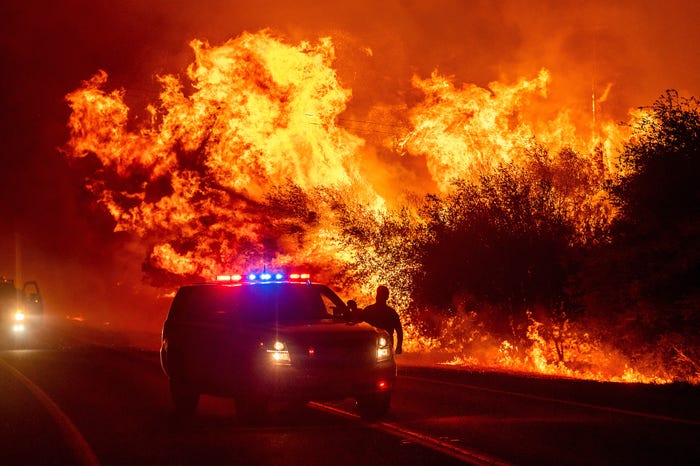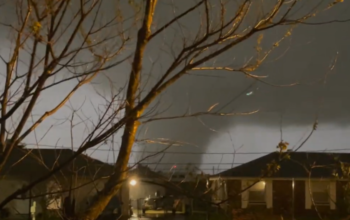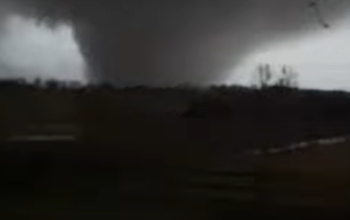Western wildfires have burned an area larger than New Jersey*
According to the (NIFC) National Interagency Fire Center, as of Sept. 30th, 2020 over three million, 3,366,907 acres have burned in the United States West Coast.
By (NWP) News Without Politics October 1st 2020 NG below
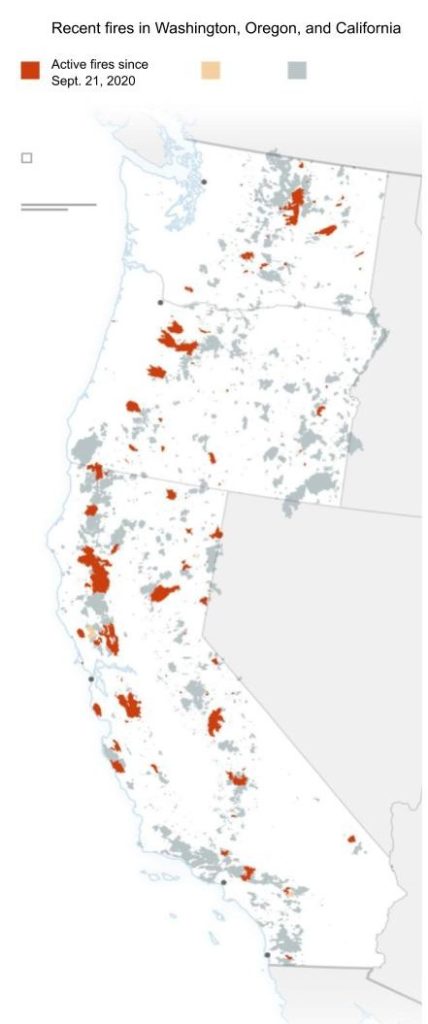
Nationally Seventy large fires have burned nearly 4 million acres in 11 states. They also stated that this year’s fires are above the total number of fires over the 10-year-average.
In California out of 20 active fires only 1 has been contained, Oregon, 1 contained out of 11, and Washington State 1 of 3 is contained.
The following written content is from BY OLIVER WHANG AND TAYLOR MAGGIACOMO National Geographic*
Western wildfires have now burned an area bigger than New Jersey
Weather conditions and a huge backlog of management issues have led to the worst fire season on record—and it’s not over yet.
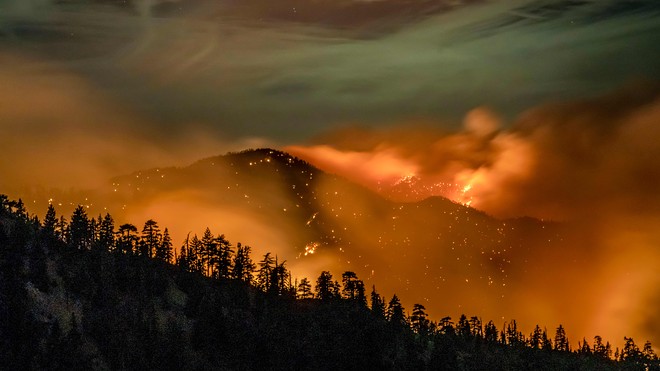
Early in the morning on September 28, while it was still dark, white ash floated down over parts of Sonoma and Napa counties in Northern California. By sunrise, fast-moving wildfires had burned more than 17 square miles of the state’s famed wine country, including a number of wineries and vineyards along the normally scenic Silverado Trail.
My brother, Ethan, was working the harvest on Fisher Vineyards in Santa Rosa, Sonoma County, and was ordered to evacuate that morning, along with more than 50,000 other people. As he left, he said, the sky was red and he could smell smoke through his face mask. “It was insane, and terrifying,” he told me.
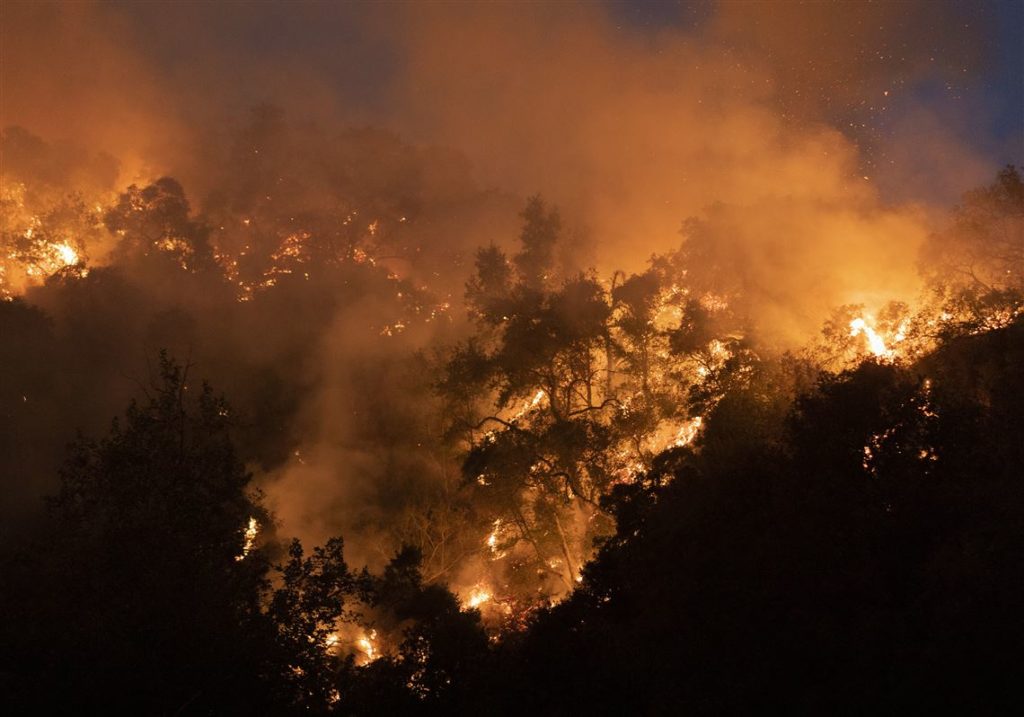
This year’s wine country wildfires haven’t reached the size of infernos from past years, but they are growing and still threaten to swallow many homes and workplaces. Perhaps those most affected by the raging fires are the region’s seasonal agricultural workers. Many are Hispanic, being paid hourly wages, and they may find themselves without jobs or homes if these blazes continue. As thousands flee the smoke, making their way toward evacuation centers and houses of nearby acquaintances, there is a lot of uncertainty in the air. Anxiety, too. “This sucks,” Ethan told me while driving away from the vineyard, heading for our cousin’s house in Los Angeles. “This really, really sucks.”
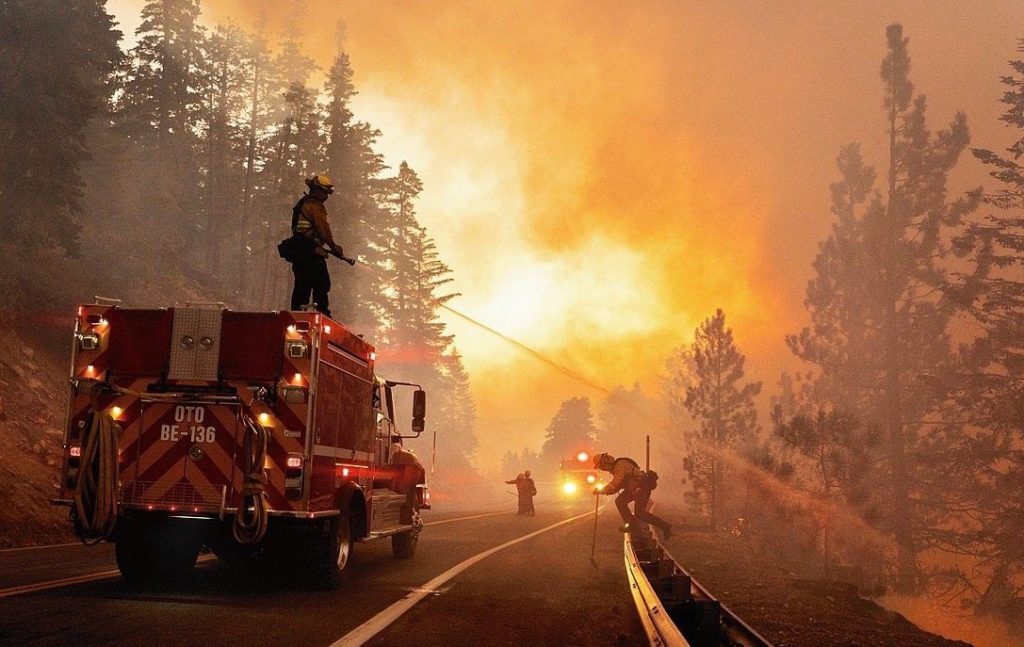
Wildfire season in the West usually becomes intense in late October, peaks at the end of the year, and tapers off through the spring. But a confluence of factors has made this year’s season spark early and become particularly devastating. Up and down the West Coast, high winds, droughts, lightning storms, and human activity have all added up to deliver frequent and severe fires. The flames have burned 5.8 million acres so far in the three states most affected—California, Oregon, and Washington, a total area larger than the state of New Jersey. Wildfires have killed at least 36 people to date in those states and destroyed hundreds of homes.
In California, forest undergrowth has been allowed to grow in recent years, providing more fuel for the flames. Regional phenomena called the Santa Ana and Diablo winds also kicked in earlier than usual, driving raging fires in the already hot, dry conditions. In the normally moister forests of Oregon and Washington, droughts and high temperatures were factors, too, but easterly winds reaching speeds of 50 miles an hour—what scientists are calling a once-in-a-hundred-years wind event—caused the fires there to flame up fast and made them difficult to contain. Read more from National Geographic
Read other national wildfire and related stories from News Without Politics

